
Fujifilm XT1 Camera Review
In depth review on the Fuji X-T1 mirrorless camera by a pro photographer. From Nikon to Fujifilm.
Before I get into this Fuji XT1 review, I’d like to speak a little about my history with Fujifilm cameras. I didn’t fall into the Fujifilm X camera system right away. It took time and several cameras to persuade me. First, the Fujifilm X100 caught my attention. The (very) slow AutoFocus was a pity but that little gorgeous looking camera had great features and a huge potential.
Then came the Fujifilm X-Pro1. Killer look, interchangeable lenses,(check out the best Fuji XF lenses), bigger and better AF (still pretty slow at that time) but Fuji was on the right tracks. This was two years ago.
Next, I had to try the Fujifilm X100s. Far better than the X100. The AF was so much better/faster. Same look, different camera.
January 2014, I bought the Fujifilm X-E2. It was small, cool looking, it only had an EVF (Electronic ViewFinder), and it had faster AF.
I started with personal work such as the “Lazy afternoon” series. I was so surprised by its performance that I’ve decided to take it on professional jobs. It performed like a champ every time. I was hooked!
Fujifilm X-T1 Review
The X-T1 offers a 16.3 MP sensor, high-precision OLED viewfinder and autofocus capabilities that were state-of-the-art for its time. It’s rugged and feels solid in the hand, while still maintaining a discreet profile and light weight. Now available at a very reasonable price point, the X-T1 remains a worthy purchase.
I finally decided to test the Fujifilm X-E2 on a wedding (always with the Nikon D4 as backup). Once again, the Fujifilm X-E2 held up 100% and the Nikon D4 remained quietly in my bag more than 90% of the time. I then realized that having heavy and bulky equipment bothered me more than anything. The idea of moving me to a “mirror-less” camera continued to make its way into my little head. This is a big decision and it requires reflection.
All the Fujifilm X cameras have something in common. From the X100 to the X-E2, the image quality is simply awesome. Just look at the JPG files and you will know.
Then came the brand new Fujifilm flagship camera…
The Fuji XT1
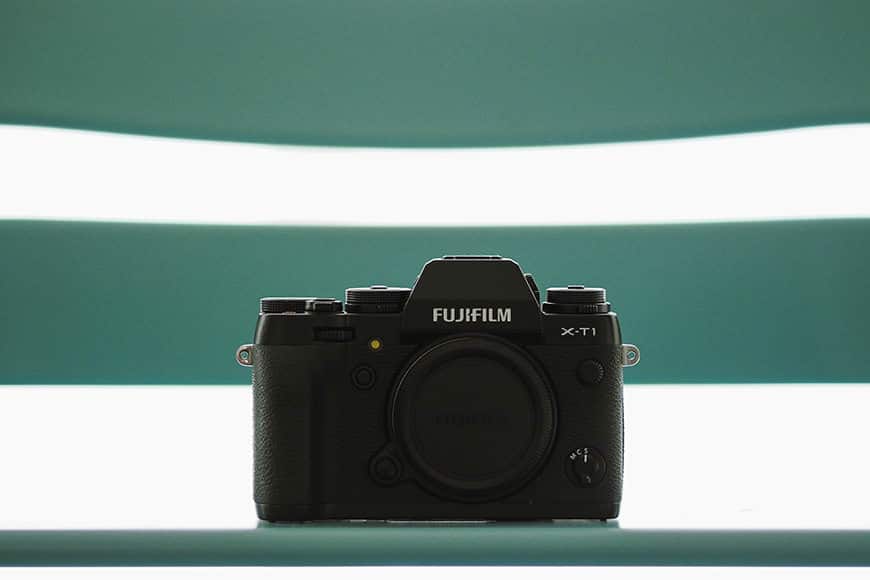
You have to know something : I’ve been a Nikon user for 6 years. Three months ago, I owned a Nikon D4 with prime lenses. Today, there’s no more Nikon, just two Fujifilm X-T1 with four Fujinon prime lenses.
You’re probably asking yourself why. Well, I was simply fed up carrying so much weight with the Nikon gear. I wanted a simple and easy camera with great image quality. The Fuji XT1 responds perfectly to my quality criteria.
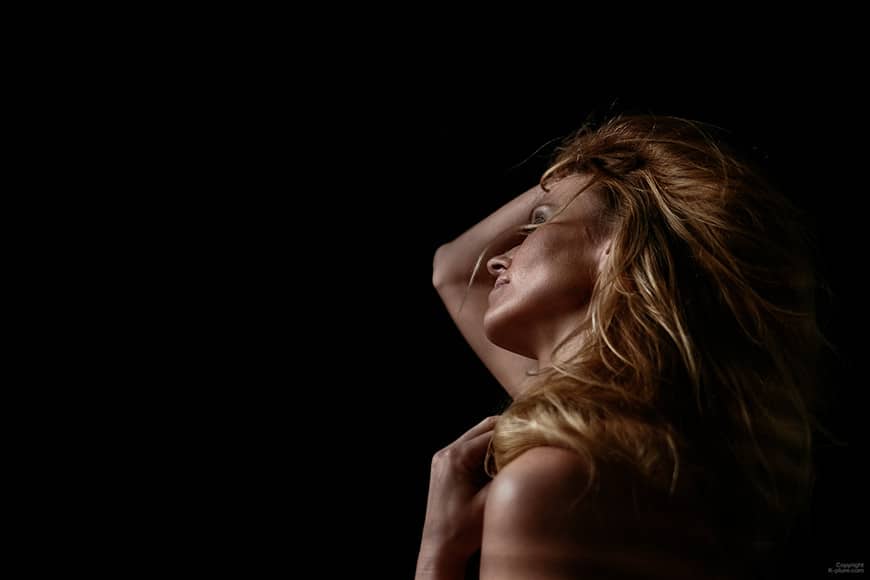
ISO 640, 35mm @ f/1.4, 1/500s
My calculations…
I crunched some numbers and this is how I made my decision:
My Nikon Set Up
Nikon D4 + Nikon 35mm f/1.4G + Nikon 85mm f/1.4G + Nikon 70-200mm f/2.8 + Nikon 105mm f/2.8 + flash + battery + 2 batteries for the flash + bag
My Fujifilm Set Up
Fuji XT1 x2 + Fujifilm 23mm f/1.4 + Fujifilm 56mm f/1.2 + Fujifilm 35mm f/1.4 + x4 + flash + batteries for the flash + bag 1. Weight Nikon = Approx. 7.9kgs (17.5lbs) Fujifilm = Approx. 2.5kgs (5.5lbs) Winner: Fujifilm! The weight difference is quite obvious between the two types of equipment.
For 1 or 2 hours, this does not pose too many problems, but over a day, the difference is painfully obvious. 2. Price Nikon = Approx. $25,000 Fujifilm = Approx. $6,800 Winner: Fujifilm!
I don’t deny at all the Nikon D4 is a great device and will always remain one. I simply asked if I really had the need for such a machine. I very rarely need this “machinegun”.
In terms of image quality, the Fujifilm X does as well if not better for ¼ the weight and ⅓ the budget. However, this radical change involves concessions and new habits.

ISO 800, 23mm @ f/3.2, 1/1000s
What the Nikon Df should have been
The Fujifilm X-T1 is radically different from other devices in the X series. It is, in fact, what Nikon should have done with the Nikon Df . A device with a retro look, small and light, where the main settings are right at your fingertips and at the correct price. $1,699 for the Fujifilm X-T1 vs $2,996 for the Nikon Df…
When I got the Fujifilm X-T1, I decided to do a field test – a quick shoot in a car dealership, which had blue light everywhere and a very dark atmosphere. The AF didn’t slip up except for a few rare exceptions (even the Nikon D4 would have struggled), but the jpegs straight out of camera were amazing!
After viewing the images on a computer screen, my decision was made. I left Nikon for Fujifilm!
I’m not going to describe all the technical details of the device, as many others have done this before me. This review will simply be my feelings on certain aspects of the Fujifilm X-T1.

ISO 200, 56mm @ f/2.8, 1/2000s
What I like about the Fujifilm X-T1
Size: the Fujifilm X-T1 is quite small, somewhere in between the X-Pro1 and X-E2, and yet it fits perfectly in hand. The handle is thick enough for normal hands.
Weight: Approx. 15,8 oz (445g) with battery and card. This is in my opinion, neither too much nor too little. I did not feel like it was a “compact” camera or a toy in my hands. The X-T1 looks sturdy and durable.
Looks: I love the dials on top of the unit. It’s very convenient to have the main settings right at your fingertips. The function you need is right there, without having to enter the menu – very convenient. The dials are solid and easy to use. Admittedly it was a little confusing at first (as with any new camera), but I quickly got the hang of it.
The EVF (electronic viewfinder): This is probably the main strength of the X-T1! What a joy it is to put it to your eye! All the relevant information you need is displayed in there (ISO, shutter speed, aperture, etc..), and the information adjusts vertically when the camera is used in portrait mode too, which is brilliant. Another big advantage of the EVF, is that it’s possible and even easy to take pictures in the dark. What your eye does not see, the camera sees. Some people still swear by an optical viewfinder (OVF), and I respect that but they should absolutely try the EVF of the Fujifilm X-T1. In short, I’m super happy with it!
The AF (autofocus): This was my biggest fear. Fuji announces the world’s fastest AF (which sounds a lot like marketing bulls**t…) In just 2 years, Fuji has managed to eliminate the biggest fault of its devices: snail-paced AF. Luckily, in the Fuji X-T1, the AF is quick and responsive. This can vary slightly depending on what you’re shooting, but in general the AF is great. I don’t think the X-T1 is ready to shoot F1 races (leave that to the big expensive cameras) but I did some tests on my daughter and the Fuji nailed it every time. My daughter is difficult to keep up with but the Fuji managed to do just fine!
Image quality: Another huge benefit of Fujifilm cameras, their famous sensor and incredible image quality. Whether RAW or JPG (I can already hear the “real pros” insult me in Swedish or German for shooting JPG), the images are stunning. High ISOs are great. Nice looking noise starts to appear at ISO 6400. What could be better?
‘Back to Basics’: no frills (except the video which is totally useless), well-placed dials. For me, the Fuji X devices are “back to basics”.
Price: $1,699 is the perfect price point for me. Of course, this is purely subjective. Some say it is too expensive for a compact, but I disagree. It is much more than just a compact camera.
Memory card access: Fuji had the great idea to place the door to the memory card on the side of the X-T1 and not below as is the case in the X-E2. Much easier to access and more convenient, particularly when using a tripod. Just be careful handling that little door!
Configuration: it is possible to configure six shortcut buttons on the X-T1 according to your needs or desires. This feature is really convenient.
Interactivity: the iPhone app is very well made, easy to use and allows you to control the main parameters of the device.
Lenses: All Fujinon lenses I’ve tested were excellent. The only lens that I’m not convinced by is the 18-55mm zoom, despite all the good reviews I’ve seen of it. All the lenses feature a decent price, they’re great wide open, light, small… to sum it up, they’re wonderful!
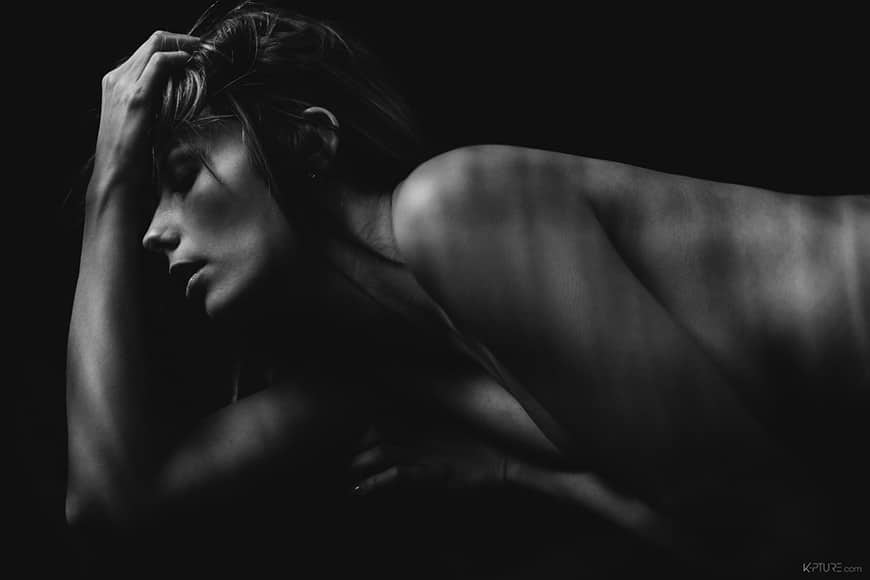
ISO 640, 35mm @ f/1.4, 1/500s
More About the lenses
I mainly use 4 Fujifilm prime lenses. The Fujifilm 56mm f/1.2 is one of the best lenses I’ve ever used, up there with the Nikkor 85mm f/1.4G and the Canon 135mm f/2.0. It’s freaking sharp even at f/1.2 and very well built. A piece of jewellery! The second lens I’m using the most is the Fujifilm 23mm f/1.4. Sharp, fast and so well built aswell. It’s a ‘do-everything’ lens. The Fujifilm 35mm f/1.4 is another good one. The oldest of the series but I like it. Not as sharp and good as the 56mm nor the 23mm but a very decent lens for everyday pictures. The Fujifilm 14mm f/2.8 is a killer wide angle. Sharp and amazing focusing speed.
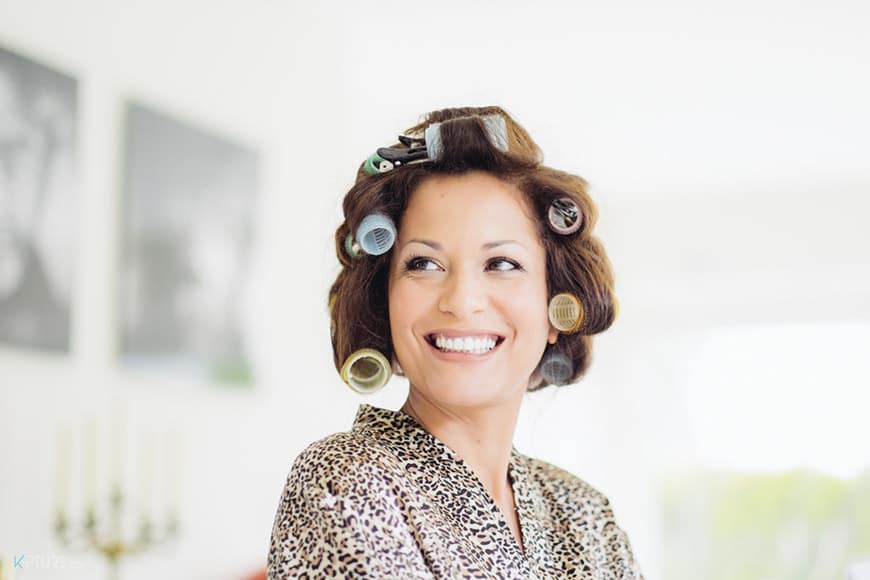
ISO 400, 56mm @ f/1.2, 1/500s
What I dislike about the Fujifilm X-T1
Buttons: Some buttons are too small and poorly placed, in particular the “video” button. This is a detail that can sometimes be annoying. Also, the Multi-directional buttons which are used to move the focus point around in Single Focus Point mode (amongst other things) are set too deep in the camera, making them hard to use. Then there’s the Lock button – Fuji has placed some sort of lock to prevent the ISO wheel from turning but it’s very inconvenient and hard to use.
Strap: Like the X-E2, the X-T1’s strap is ugly and cheap looking. Why didn’t they go “full retro” with a beautiful genuine leather strap? A detail I know, but still a shame …
RAW files: The X-T1 RAWs are readable on Adobe Lightroom but I find them very slow to import and even slower to export. I use Lightroom 5.5 on a MacBook Pro. Nikon D800 RAWs import and export much faster and I can’t explain why.
Battery cover: It’s located under the unit, which makes it difficult to access and the cover seems quite fragile. We’ll see over time how it fares.

ISO 100, 23mm @ f/2.5, 1/60s
A new philosophy, a new gamble
What a crazy gamble, to sell all my Nikon gear for a Fujifilm ‘compact’ set up. This is what many may think. However, I don’t regret my choice for a single second. I have carefully considered my decision and am sure of what I’ve done. Using these small Fuji X devices, I ‘ve discovered what I love about photography. Simplicity. A true homecoming, the basic roots of the art form.
The size of your camera does not make you a better photographer.
Personally, I don’t care what cameras other people use or what they think. For me, only the results count, regardless of the tool. Currently, the Fujifilm X-T1 is the device that best suits my needs as a photographer. Small, lightweight, discreet, fast and efficient in low light.

ISO 100, 23mm @ f/1.8, 1/2000s
Conclusion
For over three months now, I’ve been using two Fujifilm X-T1 ‘s for my professional work. I’ve shot 7 weddings with them, plus various corporate jobs (portraits, events, etc) and I’ve never been disappointed.
The Fujifilm X-T1 is small and discreet and it performs like a champ! Image quality is stunning, even in JPG. Do I regret selling my Nikon D4? Not for a second!
[Update: read the review of the brand new Fuji X-T2]Guest Review by Belgium Wedding Photographer Frederic Frognier | www.k-pture.com
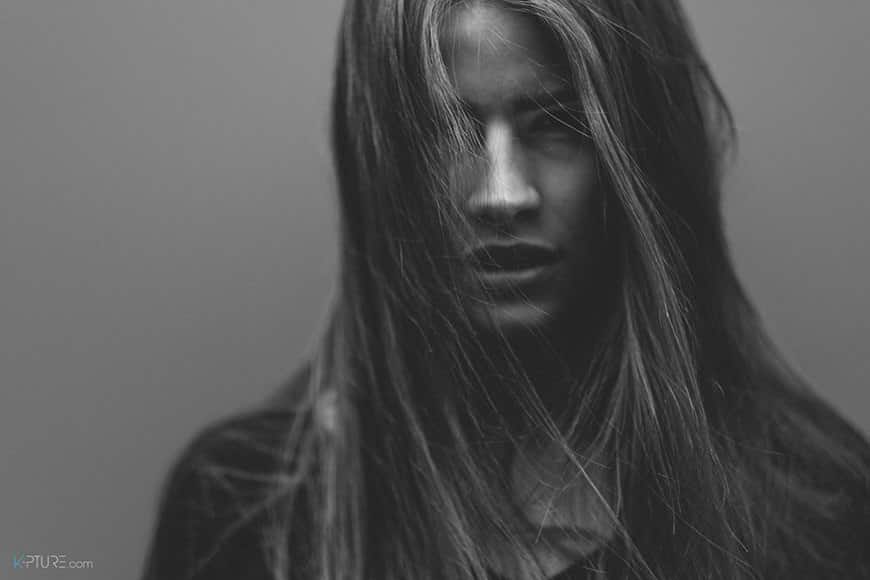
ISO 640, 35mm @ f/1.4, 1/500s













